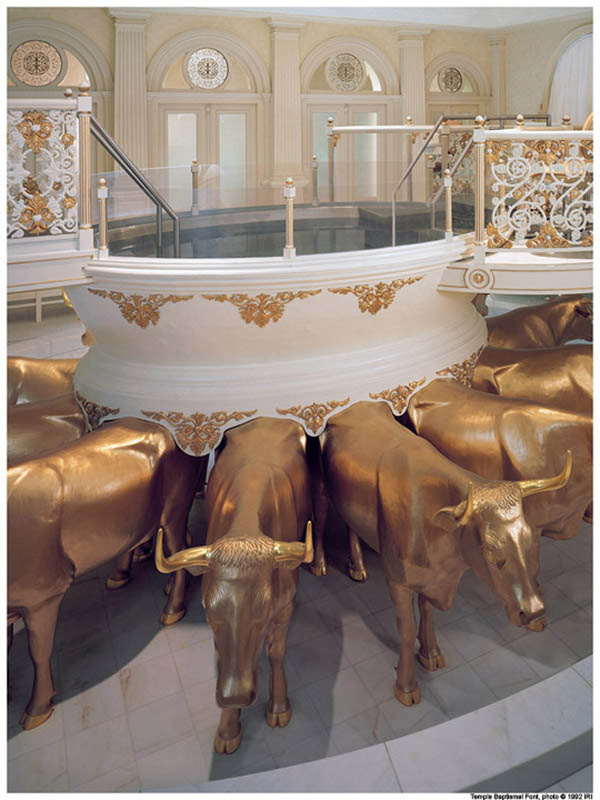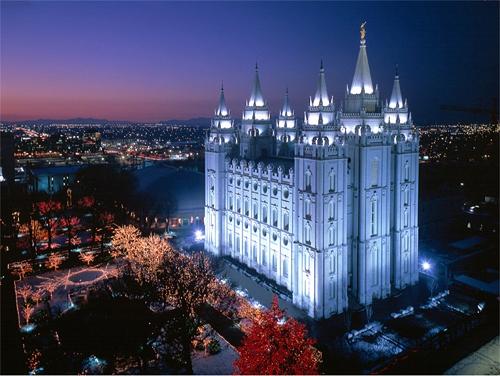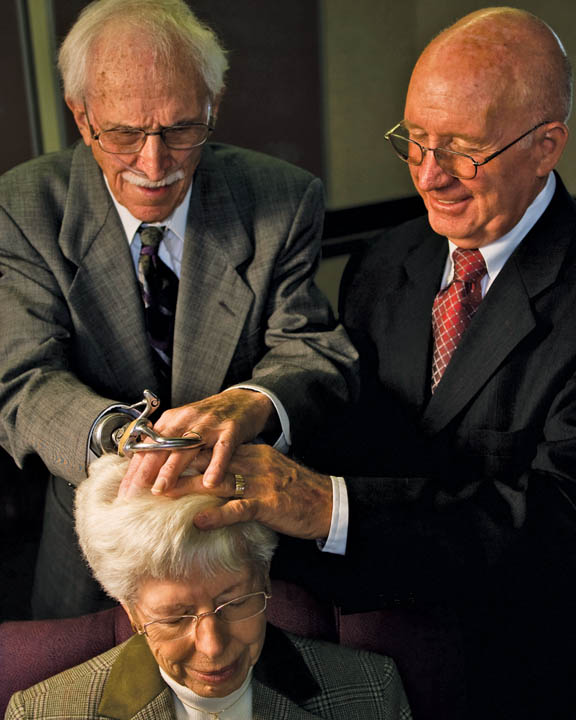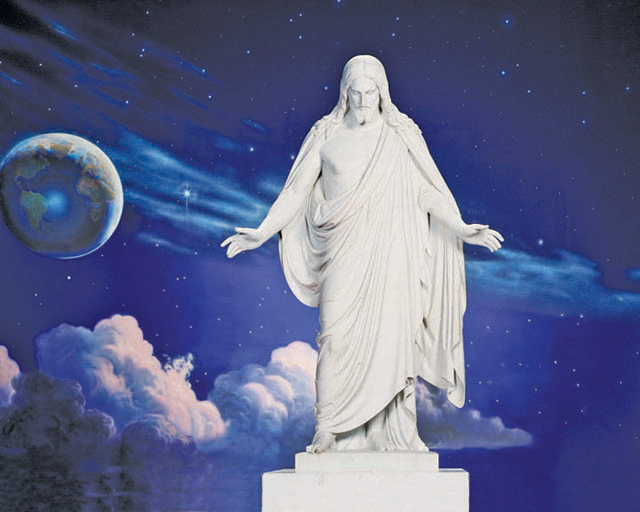 To understand the doctrine of baptism for the dead, one must first comprehend that the dead are very much alive. At death, a spirit separates from its mortal body. The mortal body returns to the earth, but the spirit lives on and travels to the “Spirit World.” The Spirit World is comprised of two main areas, Spirit Paradise and Spirit Prison. Spirit Paradise is the temporary abode of the righteous. Spirit Prison is the temporary abode of the wicked, who suffer there for a time for their own sins. Spirits remain in the Spirit World to await resurrection and judgment. Repentant spirits in Spirit Prison can progress to Spirit Paradise.
To understand the doctrine of baptism for the dead, one must first comprehend that the dead are very much alive. At death, a spirit separates from its mortal body. The mortal body returns to the earth, but the spirit lives on and travels to the “Spirit World.” The Spirit World is comprised of two main areas, Spirit Paradise and Spirit Prison. Spirit Paradise is the temporary abode of the righteous. Spirit Prison is the temporary abode of the wicked, who suffer there for a time for their own sins. Spirits remain in the Spirit World to await resurrection and judgment. Repentant spirits in Spirit Prison can progress to Spirit Paradise.
Spirits in the Spirit World have the same personalities, beliefs, and desires that they had during their mortal lives. They have full capacity for choice and progression. Millions upon millions of these people have never heard the gospel of Jesus Christ, and millions of others never understood it during their mortal sojourn on the earth.
Eventually, these spirits will be resurrected and proceed to the judgment bar of God. God can only be just, if He judges us according to our knowledge. A person who has never heard the gospel cannot be held accountable for his lack of knowledge. It is impossible to sin unless one has a knowledge of the laws of God. For this reason, the gospel is preached to the dead in the Spirit World. Prophet Joseph F. Smith had a vision of the Spirit World. (Click here to read it.) He saw that Christ visited the Spirit World during the three days that He was in the tomb. Christ enlisted “missionaries” from among the dead, including many prophets who had passed on, to teach the spirits in prison. These spirits then could accept or reject the gospel as it was presented to them, and choose to repent or not. However, spirits cannot perform ordinances that can only be performed by corporeal beings. For example, a spirit cannot be baptized. For this reason, in Mormon temples, we perform baptisms for the dead. The dead can then accept or reject the ordinance.
Baptism for the dead was practiced anciently, as recorded in the Bible:
“Else what shall they do which are baptized for the dead, if the dead rise not at all? why are they then baptized for the dead” (1 Corinthians 15:29)?
Baptism for dead could not occur until Christ initiated it after His crucifixion. Yet, it was foreshadowed in even more ancient times, when the Israelites practiced the yizkor, ceremonies and prayers for intervention on behalf of the dead. Certainly, in principle, it helped to justify the early Popes as they sold “indulgences” —certificates of salvation for deceased ancestors.
 Mormons practice baptism for the dead only in holy temples. The baptistry of each temple has a font modeled after that found in Solomon’s Temple — a large basin upon the backs of twelve oxen. One must have a “temple recommend” certifying worthiness to participate in temple ordinances, but the baptistry is separate from other parts of the temple, and youth of the Church age 12 and over can obtain a special recommend just to do baptisms for the dead.
Mormons practice baptism for the dead only in holy temples. The baptistry of each temple has a font modeled after that found in Solomon’s Temple — a large basin upon the backs of twelve oxen. One must have a “temple recommend” certifying worthiness to participate in temple ordinances, but the baptistry is separate from other parts of the temple, and youth of the Church age 12 and over can obtain a special recommend just to do baptisms for the dead.
Mormons are fully engaged in family history work (the Genealogy Library in Salt Lake City is the largest in the world) to discover their ancestors. Work for the dead is supposed to be confined to work for one’s own ancestors. Mormons who choose to be baptised for famous deceased people, Holocaust victims, or any deceased who are unrelated to them are not following the mandates of the Church. Friends of other persuasions who discover that work has been performed for their loved ones need not be offended, however, since the deceased have complete free agency to accept or reject the ordinances.




